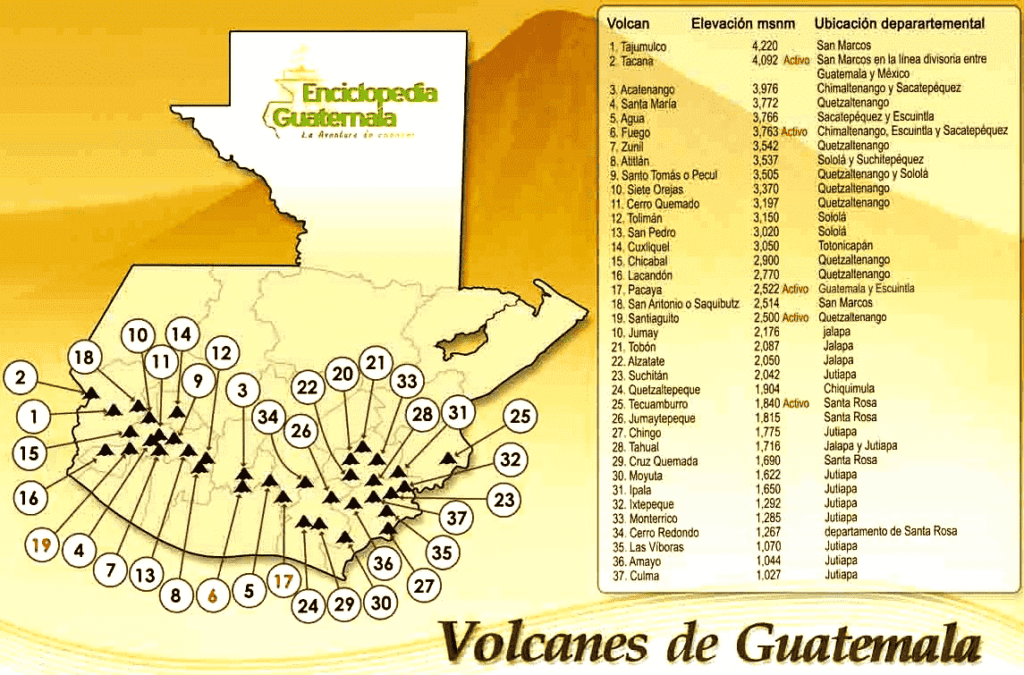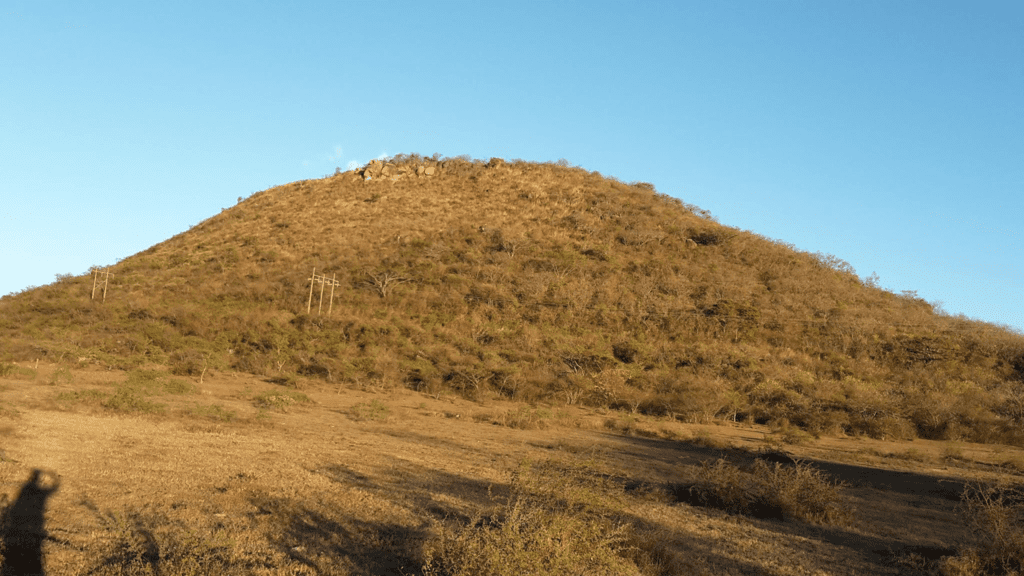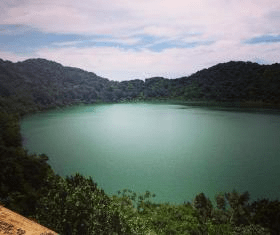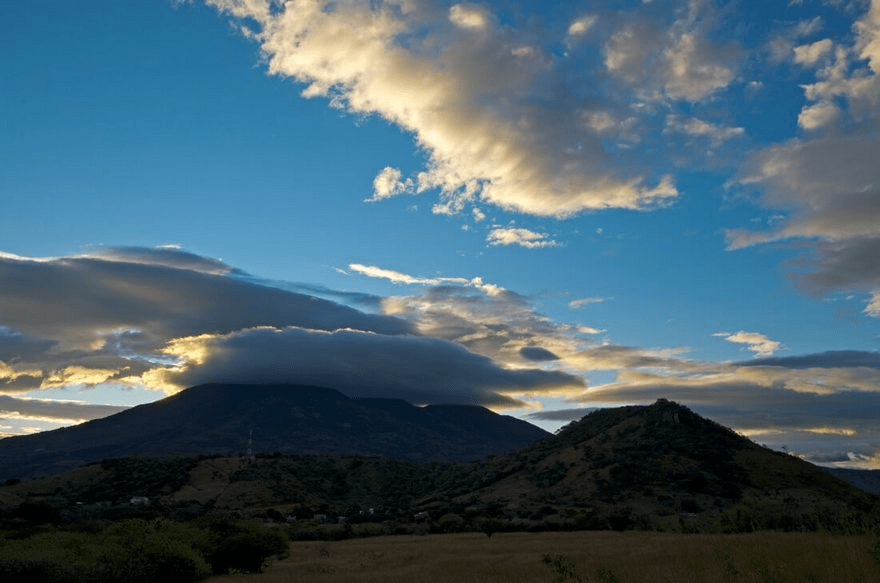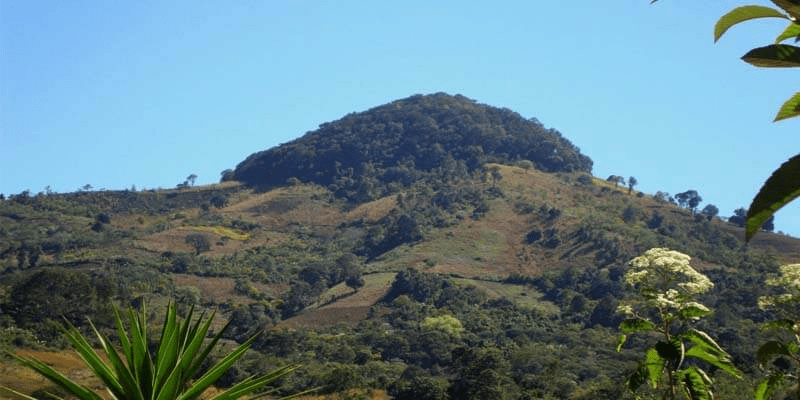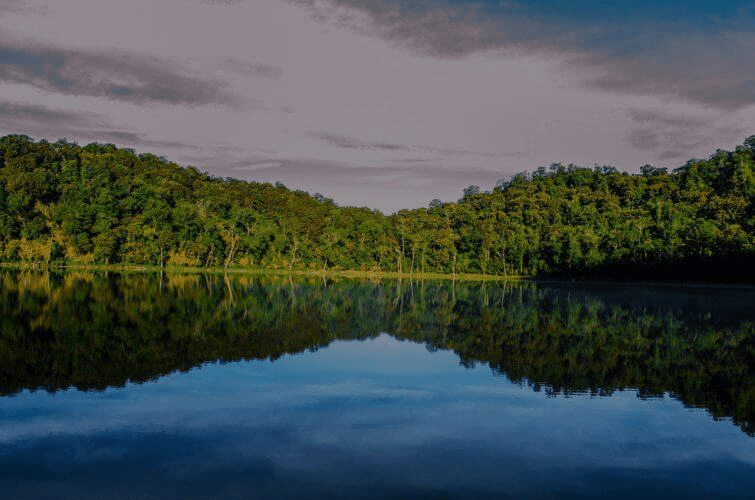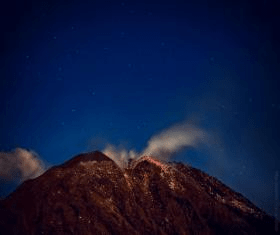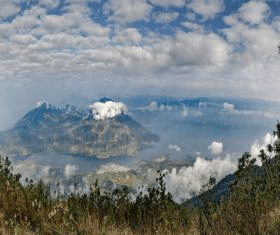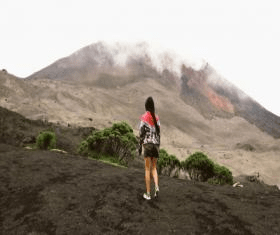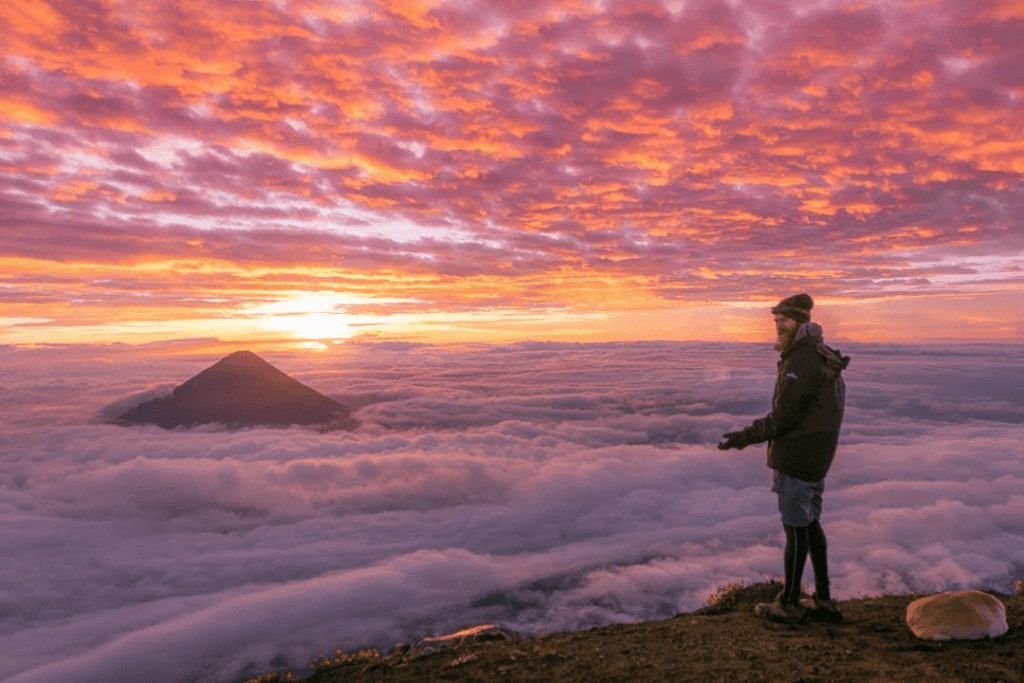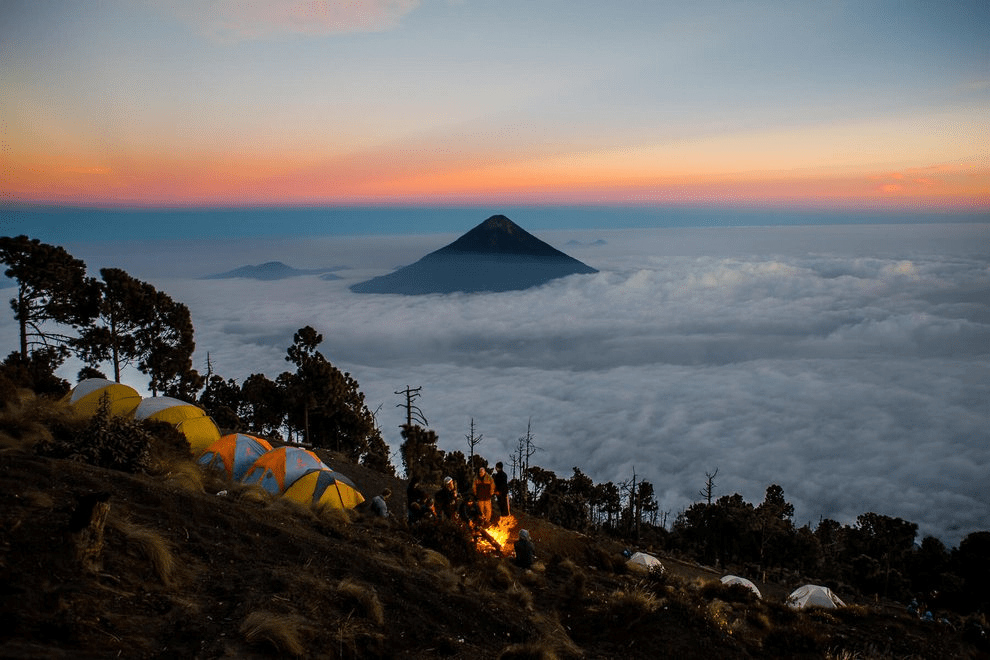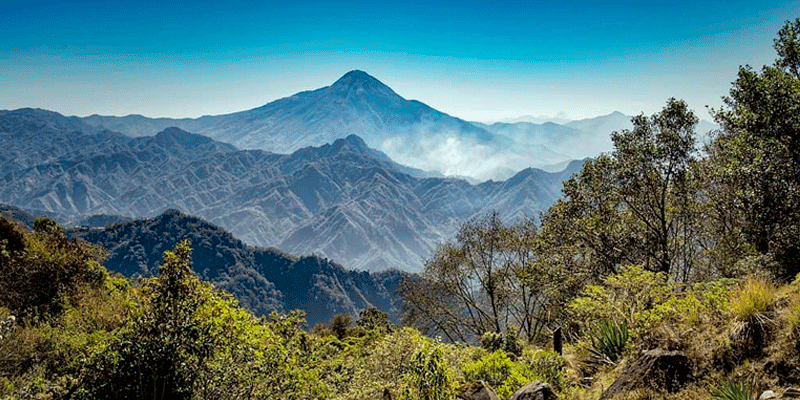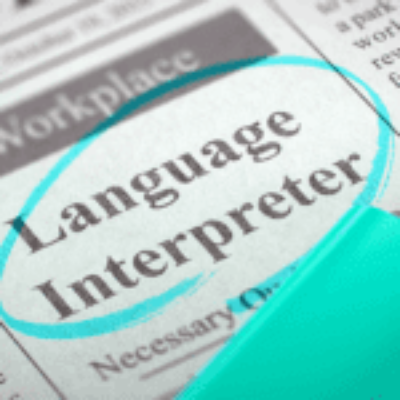
BOOM! 27 Most Amazing Volcanoes in Guatemala
Do you know how many volcanoes are in Guatemala? With more than 288 volcanic structures all around the country, volcanoes in Guatemala are a fundamental part of the landscape.
Of the 288 volcanic structures in Guatemala, only 37 are considered volcanoes by la Feredación Nacional de Andinismo (National Climbing Federation of Guatemala). Currently, only three are highly active.
Along with the volcanoes, Guatemalan territory is situated over three tectonic plates:
- North American plate
- Carribean plate
- Cocos plate
It’s also divided into four important faults:
- Motagua fault
- Jalpatagua fault
- Chixoy-Polochic fault
- Jocotán-Chamelecón fault
All these elements make Guatemala a highly seismic zone, which produces a lot of little earthquakes and volcanic activity! Keep reading to learn all about the top 27 most amazing volcanoes in Guatemala!
Los volcanes

First, let’s talk about volcano facts in Spanish. A volcano is an opening on the surface of a planet or moon that allows material warmer than its surroundings to escape from its interior. When this material escapes, it causes an eruption.
There are several kinds of volcanoes:
- Los estratovolcanes – stratovolcanoes
- Los volcanes en escudo – shield volcanoes
- Los conos de ceniza o escoria – cinder cone
- Las calderas – calderas
- Los domos de lava – lava domes
- Los campos volcánicos – volcanic field
Let’s learn about the parts of a volcano and some volcano-related words in Spanish:
| Spanish | English |
| El volcan | Volcano |
| El cráter | Crater |
| La cámara magmática | Magma chambers |
| La chimenea | Main vent |
| Los conductos secundarios | Secondary vent |
| Las calderas | Calderas |
| El cono | Cone |
| La cima | Summit |
| La ceniza | Ash |
| La lava/El magma | Lava/magma |
| El material piroclástico | Pyroclastic material |
27 Amazing Volcanoes in Guatemala
Now it’s time to learn about the most amazing volcanoes in Guatemala! Check out this map that shows the positions of the volcanoes in Guatemala. Most volcanoes are in the southern part of the country. They’re part of a mountain formation known as the Sierra Madre.
1. Volcán Culma
Height: 1,027masl
Location: Jutiapa
Type: Volcanic Field
Difficulty: Really Easy
Time to summit: 15 minutes
Distance from Guatemala City: 125km
Price: Free
This is the smallest volcano in Guatemala, with no known eruptions and easy to ascend, making it one of the easiest volcanoes to hike in the region.
2. Volcán Cerro Redondo
Height: 1,267masl
Location: Santa Rosa
Type: Volcanic Shield
Difficulty: Really Easy
Time to summit: 1h 15m
Distance from Guatemala City: 40km
Price: US$1.50
This inactive volcano is located near the town of Cuilapa, in Santa Rosa. You have to pay around $1.50 to access the area to climb the volcano, and at the summit you’ll have a view of the Barberena plain.
3. Volcán Ixtepeque
Height: 1,292 masl
Location: Jutiapa
Type: Lava dome
Difficulty: Hard
Time to summit: 2h 30m
Distance from Guatemala City: 164km
The Ixtepeque volcano is the largest concentration of obsidian in North and Central America. This lava dome volcano is covered in pine trees and cornfields. It’s difficult to ascend, so it’s only recommended for experienced hikers.
4. Volcán de Ipala
Height: 1,292 masl
Location: Chiquimula
Type: Stratovolcano
Difficulty: Easy
Time to summit: 1h 30m
Distance from Guatemala City: 170km
Price: US$1
The Ipala volcano’s most attractive feature is the lagoon at its crater, which changes color in the summer and winter. The place is full of activities like camping, horses, and tours. You can even rent a bungalow to stay overnight!
At the summit, enjoy the Ipala lagoon and you will be able to see el volcan Suchitan, one of the highest volcanoes in the area.
5. Volcán Moyuta
Height: 1,622 masl
Location: Jutiapa
Type: Stratovolcano
Difficulty: Easy
Time to summit: 2h 30m
Distance from Guatemala City: 116km
Price: Free
The Moyuta volcano is easy to ascend and at the crater you will find cafetales (coffee plantations). At the highest point, you may be able to observe the plain of Moyuta and the Pacific Ocean if it isn’t foggy. You can camp there.
6. Volcán El Tahual
Height: 1,716 masl
Location: Jutiapa and Jalapa
Type: Stratovolcano
Difficulty: Easy
Time to summit: 2h 30m
Distance from Guatemala City: 135km
Price: US$1.50
At the skirts of this volcano you will find la Laguna del Hoyo, a lagoon with almost 1km of depth and 150m of circumference. El Tahual is easy to climb, and at the summit you will be able to observe the valley of Monjas and part of Jutiapa, as well as the Suchitán volcano.
7. Volcán Tecuamburro
Height: 1,962 masl
Location: Santa Rosa
Type: Stratovolcano
Difficulty: Easy
Time to summit: 1h 45m
Distance from Guatemala City: 92km
Price: US$1.50
The Tecuamburro volcano is easy to climb and offers the option to camp there. This volcano is covered in coffee plantations and woods with a great variety of plants. From the summit, take in views of the towns of Nuevo Viñas, Taxisco, and Chiquimulilla.
8. Volcán de Quezaltepeque
Height: 1,904 masl
Location: Chiquimula
Type: Volcanic field
Difficulty: Hard
Time to summit: 1h
Distance from Guatemala City: 203km
Price: Free
The last eruption of this volcano took place in 1917, so at the skirts you’ll find leftover lava and volcanic material. This volcano is covered in dense and leafy vegetation so you can’t see much while climbing it, even from the summit. There is a point where the Esquipulas Basilica, one of the most famous Catholic churches in Guatemala, can be observed.
9. Volcán Suchitan
Height: 2,042 masl
Location: Jutiapa
Type: Stratovolcano
Difficulty: Easy
Time to summit: 3h
Distance from Guatemala City: 137km
Price: Free
This is the third largest volcano in eastern Guatemala. Because its crater is heavily covered in vegetation, the attraction of this volcano is being able to enjoy the view while climbing it.
Suchitán volcano has another eruptive focus known as cerro Mataltepeque (Mataltepeque hill) with a height of 1,854 meters.
10. Volcán de Alzatate
Height: 2,050 masl
Location: Jalapa
Type: Cinder Cone
Difficulty: Easy
Time to summit: 1h
Distance from Guatemala City: 180km
Price: Free
The Alzatate volcano resembles an ice-cream cone from a distance thanks to its summit, full of dense conifers. There is a theory that the crater has hollowed parts because of the sound it makes when kicked or stomped. At the crater, you can observe the town of Monjas from one side, and from the other, the Santa María Xalapan mountain.
11. Volcán Tobón
Height: 2,087 masl
Location: Jalapa
Type: Cinder Cone
Difficulty: Really Hard
Time to summit: 1h
Distance from Guatemala City: 131km
Price: Free
Although it is challenging to climb, the Tobon volcano is the perfect first hard summit for beginners. At the crater, observe the beautiful landscape of San Pedro Pinula.
12. Volcán Jumay
Height: 2,176 masl
Location: Jalapa
Type: Stratovolcano
Difficulty: Easy
Time to summit: 1h 30m
Distance from Guatemala City: 106km
Price: Free
This is the tallest volcano in eastern Guatemala. It’s inactive, but you can still observe the remains of its last eruption while climbing it. The crater is covered with corn fields, but that doesn’t prevent you from enjoying the amazing view of the city of Jalapa and the Santa María Xalapán mountain.
13. Volcán San Antonio
Height: 2,550 masl
Location: San Marcos
Type: Stratovolcano
Difficulty: Easy
Time to summit: 1h
Distance from Guatemala City: 240km
Price: Free
This is an active volcano with no recent eruptions registered. It’s easy access and climbing makes it one of the greatest hiking volcanoes in Guatemala. This volcano is surrounded by wheat plantations.
From the summit, observe the amazing mountain formation of la Sierra de los Cuchumatanes, (in Chiapas, Mexico) and volcanoes from the southern Guatemalan volcanic mountain range.
14. Volcán Chicabal
Height: 2,900 masl
Location: Quetzaltenango
Type: Stratovolcano
Difficulty: Easy
Time to summit: 2h
Distance from Guatemala City: 230 km
Price: US$2
The Chicabal volcano is a mystical site in the Guatemalan cosmovision, thanks to the breathtaking lagoon in the crater of this volcano and the cloud forest at its summit.
Because of the energy and the mystic aura of the place, indigenous people do rituals and get together to pray for rain and good crops there.
15. Volcán San Pedro
Height: 3,020 masl
Location: Sololá
Type: Stratovolcano
Difficulty: Medium
Time to summit: 3-4 hrs
Distance from Guatemala City: 170km
Price: US$13
Situated in a protected area of an ecological park at Lake Atitlan, this volcano is one of the most popular tourist hiking volcanoes in Guatemala. The trek involves a 7km path to ascend the volcano.
16. Volcán Cuxliquel
Height: 3,050 masl
Location: Totonicapan
Type: Lava dome
Difficulty: Easy
Time to summit: 1 hr
Distance from Guatemala City: 200km
Price: Free
Because it’s inactivity, this volcano is considered a hill. The ascent is easy and recommended for beginners. Unlike many other volcanoes in the country, this one is almost barren of trees.
From the summit, you’ll be able to see Cerro Quemado and Santa María volcano.
17. Volcán Santiaguito
Height: 2,510 masl
Location: Quetzaltenango
Type: Stratovolcano
Difficulty: Hard
Time to summit: 3 hrs
Distance from Guatemala City: 200km
Price: Free
One of the three active volcanoes in Guatemala, Santiaguito is accessible to climbers. It has constant activity and doesn’t have a summit. It was “born” from a massive eruption by the Santa María volcano in 1902, making it one of the youngest volcanoes in Guatemala.
While ascending, observe the Santo Tomás and Zunil volcanoes.
18. Volcán Tolimán
Height: 3,150 masl
Location: Sololá
Type:Stratovolcano
Difficulty: Hard
Time to summit: 7 hrs
Distance from Guatemala City: 150km
Price: US$1.50
Toliman volcano has two summits, both over 3000 masl. Also known as el Volcán de la Cazuela (Casserole volcano), it takes 7 hours to summit. Catch breathtaking views of the lake and the colorful Mayan villages along its shores.
19. Volcán de Pacaya
Height: 3,197 masl
Location: Guatemala and Escuintla
Type: Complex Volcano
Difficulty: Easy
Time to summit: 1h 15 min
Distance from Guatemala City: 50km
Price: US$3
This is another active volcano in Guatemala. It constantly expels lava and ash. In early 2021, Pacaya spewed high quantities of ash in the direction of Guatemala City. The airport closed temporarily as a result, and several communities had to move because the lava destroyed their houses and settlements.
At the summit of this volcano, observe lava rivers, fumes, Guatemala City, and three other volcanoes: Fuego, Acatenango, and Agua.
20. Volcán Cerro Quemado
Height: 3,197 masl
Location: Quetzaltenango
Type: Stratovolcano
Difficulty: Hard
Time to summit: 6 hrs
Distance from Guatemala City: 205km
Price: $4
Also known as Almolonga volcano, this volcano hasn’t erupted since 1818. At the north and east areas of this volcano, enjoy thermal waters.
From the summit, see a stunning view of the Quetzaltenango valley and the Santa María and Siete Orejas volcanoes.
21. Volcán Siete Orejas
Height: 3,370 masl
Location: Quetzaltenango
Type: Stratovolcano
Difficulty: Easy
Time to summit: 3 hrs
Distance from Guatemala City: 215km
Price: US$4
It’s name means “seven ears” because of the seven peaks that are part of the volcano. It has the largest canopy in Central America, and it is a protected area. It is one of the seven volcanoes in Quetzaltenango and has a giant crater. The summit is accessible via three paths.
22. Volcán Santo Tomás
Height: 3,505 masl
Location: Quetzaltenango, Suchitepequez, and Sololá
Type: Stratovolcano
Difficulty: Extremely Hard
Time to summit: 6 hrs
Distance from Guatemala City: 217km
Price: Free
One of the most challenging-to-hike volcanoes in Guatemala. There is no register of eruption for this colossus. It produces thermal waters that are used as part of resting centers around the volcano. Santo Tomás is covered by trees and vegetation.
23. Volcán Atitlán
Height: 3,537 masl
Location: Sololá
Type: Stratovolcano
Difficulty: Really hard
Time to summit: 1 hr
Distance from Guatemala City: 150km
Price:US$1.50
One of the three volcanoes overlooking Lake Atitlan, this volcano is one of the hardest to climb. It is the “twin” of Tolimán. It has an almost perfect cone covered in vegetation and trees, as well as deep ravines.
Its crater is nearly 250m in diameter. The summit features a panoramic view of the incredibly beautiful lake basin.
24. Volcán de Fuego
Height: 3,830 masl
Location: Sacatepequez
Type: Stratovolcano
Difficulty: Extremely Hard
Time to summit: 8 hrs
Distance from Guatemala City: 50km
Price: US$1.50
The hardest volcano to climb in Guatemala is Volcán de Fuego (Fire volcano). Fuego is the twin of Acatenango with recorded activity since the Spanish conquest. While you’re climbing, you’ll see many other volcanoes—Acatenango, Santa María, San Pedro, Tolimán, Atitlan, Agua, and Pacaya.
This volcano erupted regularly from 1524 to 1974. Sometimes, the force and quantity of the material expelled was so massive the ash went all the way to El Salvador. In 2018, Fuego had one of the deadliest eruptions in Guatemalan history. Pyroclastic material, ash, and volcanic sand wiped out a town and caused severe damage.
25. Volcán de Acatenango
Height: 3,5976 masl
Location: Chimaltenango and Sacatepequez
Type: Stratovolcano
Difficulty: Hard
Time to summit: 6-12 hrs
Distance from Guatemala City: 217km
Price: US$4
The twin of the Volcan de Fuego, Acatenango is one of the most impressive volcanoes in Guatemala. It’s the third largest volcano in the country and has two summits.
26. Agua
Height: 3,766 masl
Location: Sacatepequez, Escuintla
Type: Stratovolcano
Difficulty: Hard
Time to summit: 4 hrs
Distance from Guatemala City: 54km
Price: US$1.50
El Volcán de Agua (Water Volcano) is one of the three volcanoes visible from Antigua Guatemala. Because it has been inactive for so long, there is weather and monitoring equipment installed in the crater of this volcano, as well as transmission towers.
From the summit, hikers appreciate a splendid view of the Acatenango and Fuego volcanoes. If the sky is clear, you can also see the spectacular Atitlan, Tolimán and San Pedro volcanoes in the distance.
27. Volcán Tajumulco
Height: 4,220 masl
Location: San Marcos
Type: Stratovolcano
Difficulty: Hard
Time to summit: 5 hrs
Distance from Guatemala City: 272km
Price: Free
Tajumulco is not only the biggest volcano in Guatemala but also in Central America. It has two summits which provide an impressive view of the Guatemalan volcanic chain.
Because it’s a tourist attraction, the main route to ascend is relatively easy. Tajmulco has several paths that vary in difficulty.
Time to Climb!
Climbing a volcano is an adventurous challenge, and achieving such a feat is highly satisfying. Leave a comment and tell me which Guatemalan volcano you’d like to climb and why. Let’s start a conversation!

Want to learn more about Latin American culture? Check out our latest posts!
- Celebrating Culture and Joy: The Magic of Carnival in Spanish-Speaking Countries
- 15 Mouth-Watering National Dishes of Latin America
- Discovering The Mayan Languages
- The 10 Most Common Spanish Surnames in The U.S
- Everything About Mexican Christmas Traditions
- What Is the Hispanic Scholarship Fund? Is It Legit?
- A Spanish Guide to Thanksgiving Food Vocabulary
- How Did All Saints Day Celebrations Started?
- An Easy Vocabulary Guide to Describe the Post Office in Spanish - February 10, 2023
- Guatemala’s Biggest, Most Colorful Market: Chichicastenango - December 28, 2022
- 8 Sad Spanish Songs for When Your Heart Is Broken - December 6, 2022

